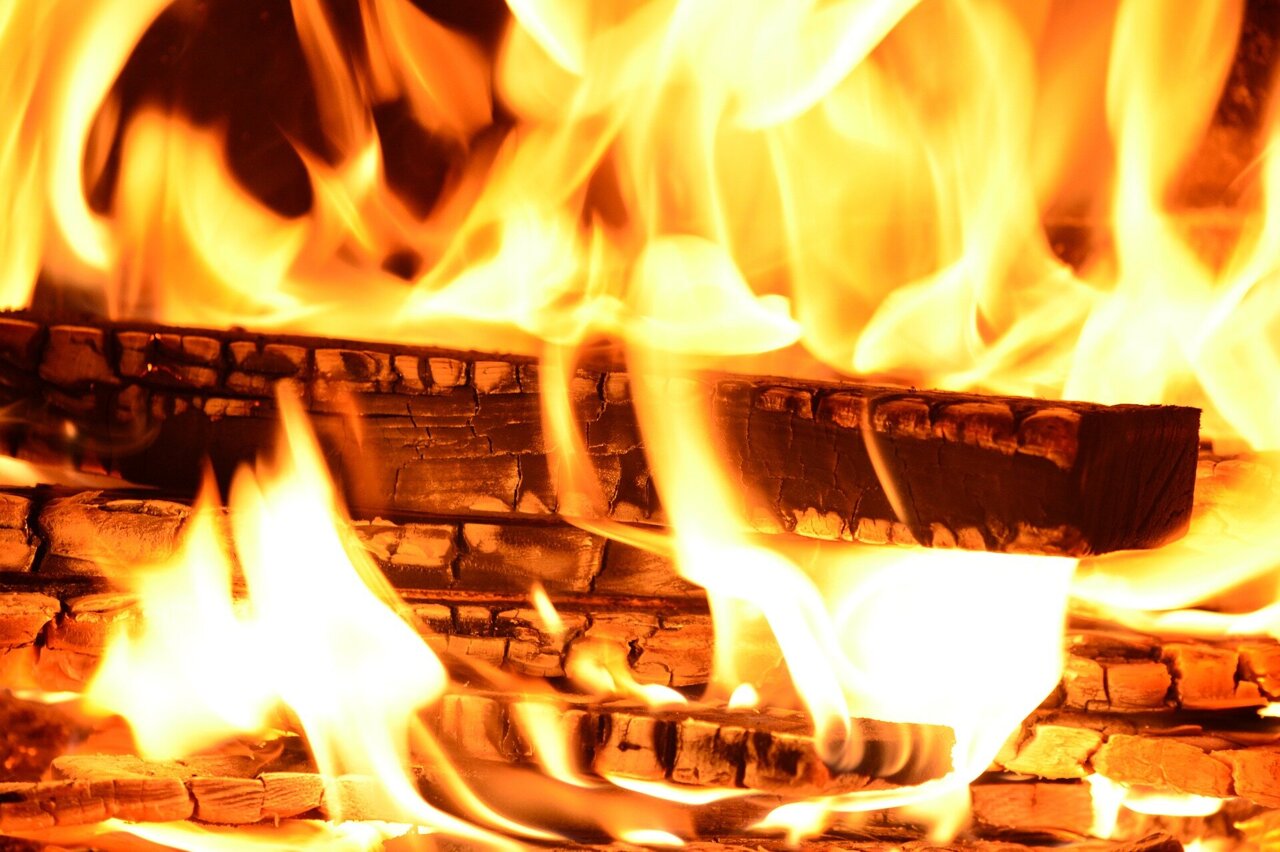Health Risks from Indoor Wood-Burning
A recent publication in the Journal of Building Engineering presents compelling evidence that heating homes with open fireplaces may cut life expectancy by up to 1.6 years. This finding comes from the Faculty of Sciences at the University of Lisbon, which utilized a blend of experimental data and computational models to analyze the health impacts caused by airborne particles from firewood combustion.
The Invisible Threat of Fine Particles
In regions where firewood remains a popular and economical choice for heating, the internal air pollution generated by these open fireplaces poses a grave health risk. Particularly dangerous are fine particles smaller than 2.5 micrometers, which can penetrate deep into the lungs and bloodstream, causing severe respiratory and cardiovascular conditions. Unfortunately, indoor air quality lacks the stringent regulations that govern outdoor environments, leaving many unprotected against these invisible threats.
Comparing Fireplaces and Woodstoves
The study also explored particle emissions from both open fireplaces and closed woodstoves during typical usage across the heating season, about four hours each evening. Findings revealed that open fireplaces released around 60mg of fine particles per kilogram of burned wood. In stark contrast, closed woodstoves were found to emit significantly fewer particles, suggesting that they are a healthier alternative to open fireplaces. Researchers advocate for the adoption of these more efficient heating methods or alternative solutions, alongside improved ventilation strategies to enhance indoor air quality.
This research underlines the urgent need to tackle indoor air pollution from wood-burning, highlighting it as a critical area for public health improvement and life quality enhancement.
